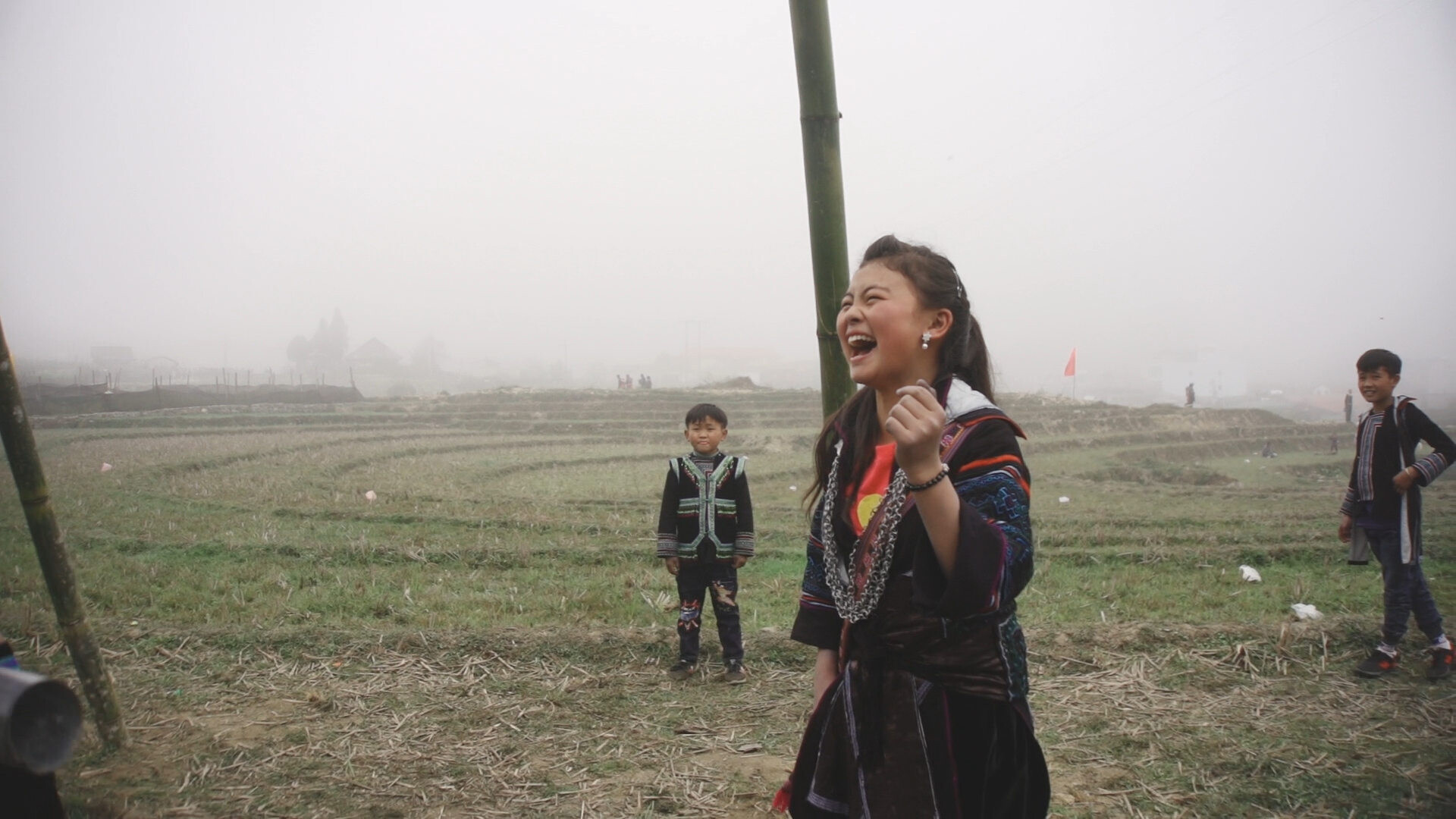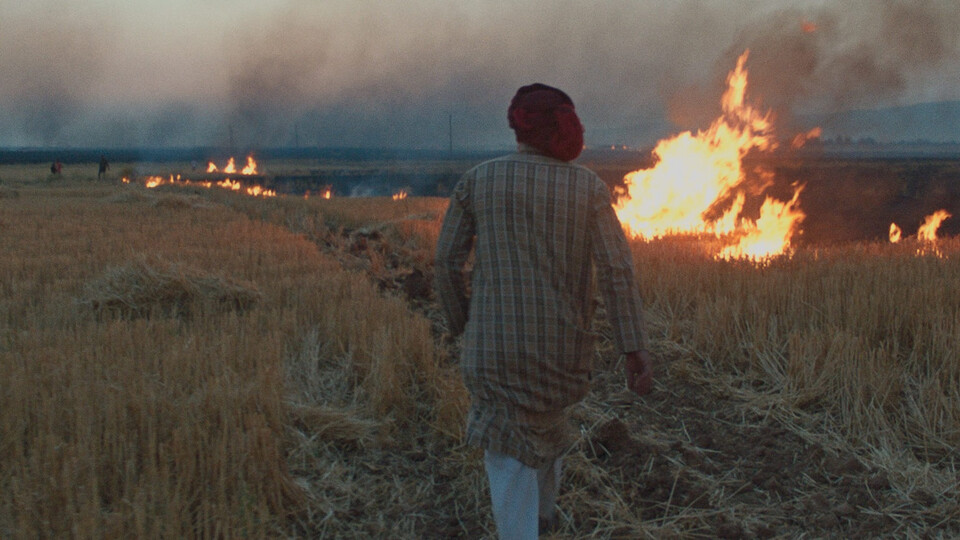My future belongs to me. Or doesn’t it?
A reflection on Children of the Mist, a film about the traditions and efforts to transcend them among the Vietnamese Hmong. The film, which was screened at DokuFest Kosovo, also raises ethical questions about the position of the filmmaker in relation to the protagonists.
Somewhere in the fields of Northern Vietnam, a group of joyful girls come together and play. Mesmerized by the sight, a young director Ha Le Diem decides to eternalize the moment and capture what she refers to as “a magical time of childhood” on camera. Children of the Mist (2021) opens a door into the lives of Hmong and follows Di, a 13-year-old fierce little girl caught between her own hopes and dreams and the deeply rooted traditions of her community.
Despite growing up in the remote and foggy reaches of the Vietnamese mountains, Di and her peers do not seem to lack anything. The protagonist herself, conspicuous by her cheerful personality and almost contagious energy, is a proud member of the local community. She is friendly, open, and determined to make a future for herself. Sadly, that vision is shaken to the core when she falls victim to a local custom during New Year's celebrations – bridal kidnapping. Di involuntarily changes her family house to that of her potential husband-to-be, and faces a crucial choice that not only her mother and older sister, but countless other women in the area have had to make in the past.
Even though Di likes to envision herself as a successful, rather independent woman, the young heroine does not at first fundamentally reject the convention that is often discussed in the film, as it is a somewhat frequent occurrence among the Hmong community. On the contrary, she often contemplates and fantasizes alongside her peers about what it would be like to be kidnapped, too. But when she is actually confronted with the major decision about whether or not to get married, the promise of adulthood suddenly does not seem so exciting and magical. All at once, her life ceases to be her own, she cannot escape the ever-present pressure of her surroundings and sinks deeper into a sense of frustration, anger and despair. By virtue of the girl’s dilemma, Ha Le Diem, who is admittedly always present on the set, presents an image of a very specific, in some ways very ambivalent society. Freedom and ambition are not taboo here, on the contrary. Education, emancipation and improved living conditions are regarded as high values within the community. Nor is the young generation isolated from the rest of the world – they go to school, use smartphones, have access to the Internet and social networks. Yet, as we can see, the behavior in the community is still mainly driven by tradition, which often decides the final course of people’s destiny.
The anger we feel with Di as we watch her desperate attempts to escape and liberate herself is raw and pure. The image is all the more authentic as it is not immune to the filmmaker's immediate reactions. She often speaks to Di, she’s not always able to hold the camera firmly, she even intervenes several times and tries to lend a helping hand to the protagonist. Indeed, Ha Le Diem is not always able to merely follow the course of events dispassionately, yet her interventions are ultimately minimal and her presence does not offer a significant help or salvation to the young girl. So, it is not just a reflection of the potentially problematic custom of kidnapping the bride itself that Children of the Mist encourages. The question can also be asked about Ha Le Diem's explicitly declared and admitted proximity. In such a vivid and acute situation, where the heroine being watched screams, kicks and cries for freedom, is the director supposed to let things run their own course? Or does it seem more correct for her to actively step in?
Di's path is a complicated one, and while its finish line offers room for a considerable amount of spectator satisfaction, it is impossible to ignore the events and torments that preceded the seemingly happy ending. When a stubborn and courageous girl like Di is nearly crushed by the pressure of family and society and almost gives in, what hope is there for shyer, less assertive girls? And will anyone stand up for them if they cannot do it themselves?
Ha Le Diem spent almost four years with Di’s family. Starting as a bit of an outsider, essentially unfamiliar with the culture and habits of the Hmong, she developed strong ties with the feature’s protagonist and her relatives. And it was this closeness she managed to attain that allowed her to blend in and witness what is officially an illegal, yet still widely exercised practice that seems to be no less powerful than in the past – one that even at this point in history has the power to further determine the lives of young women.
---
This article is a result of the project Media and documentary 2.0, supported by EEA and Norway Grants 2014–2021.






